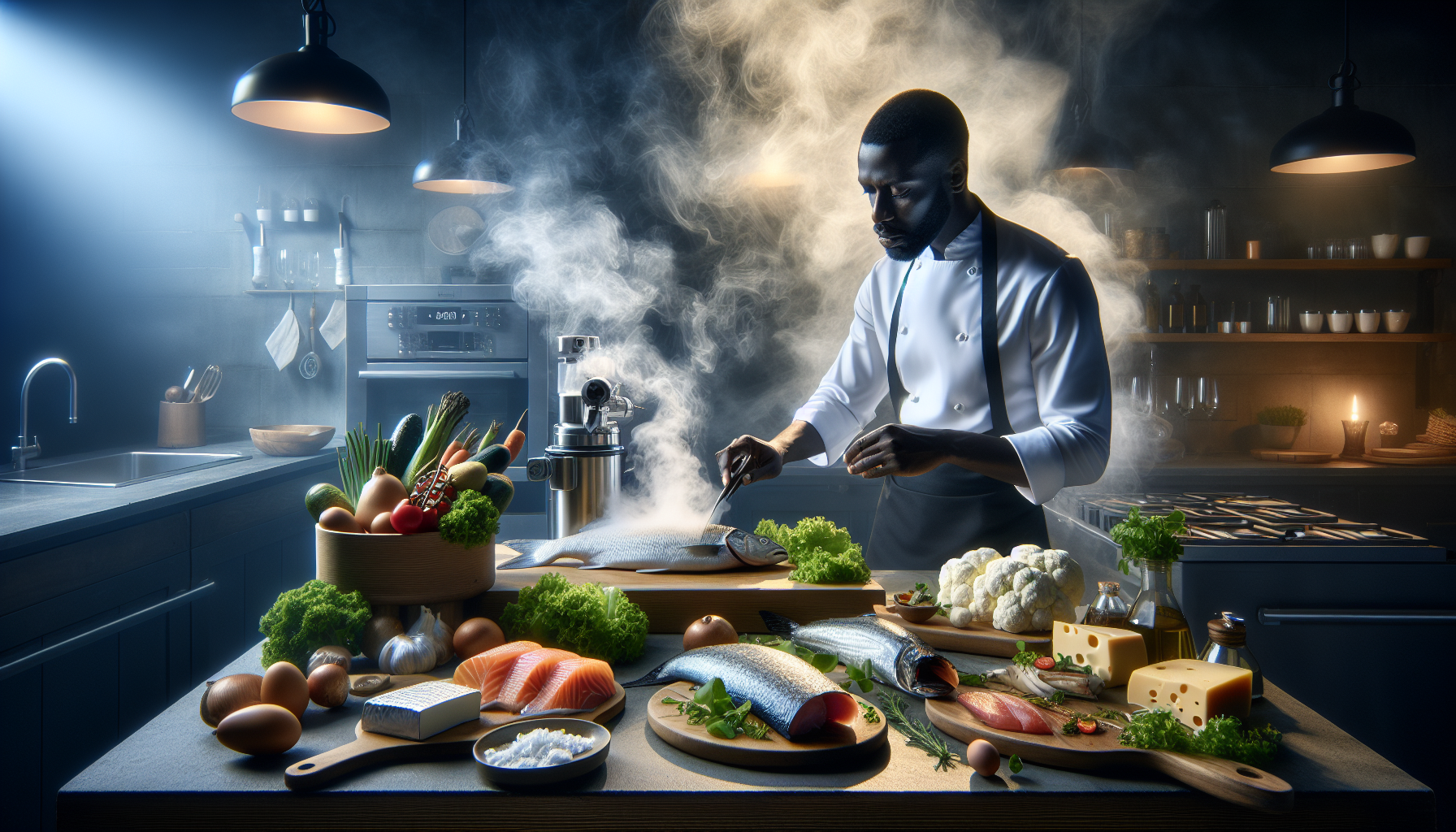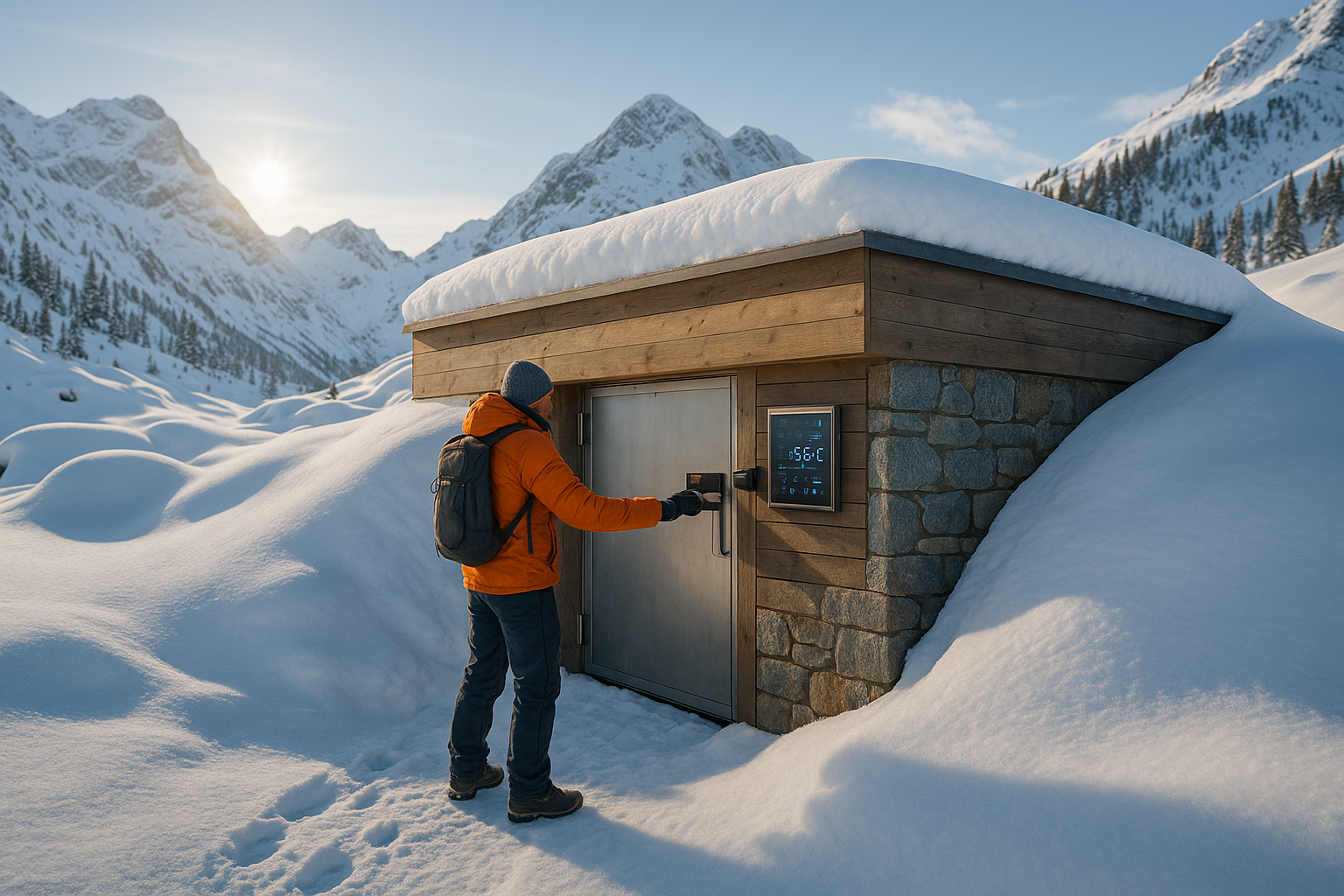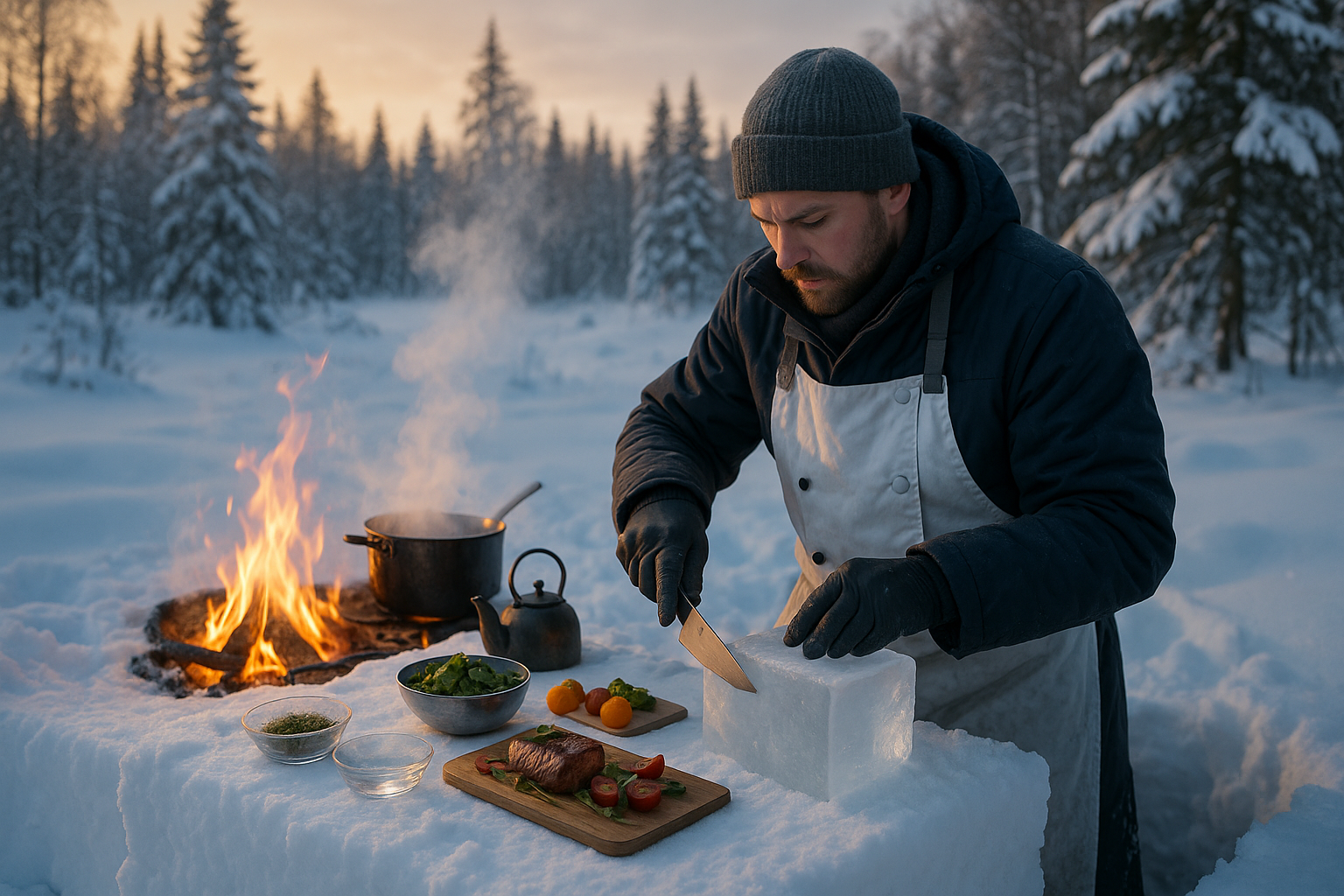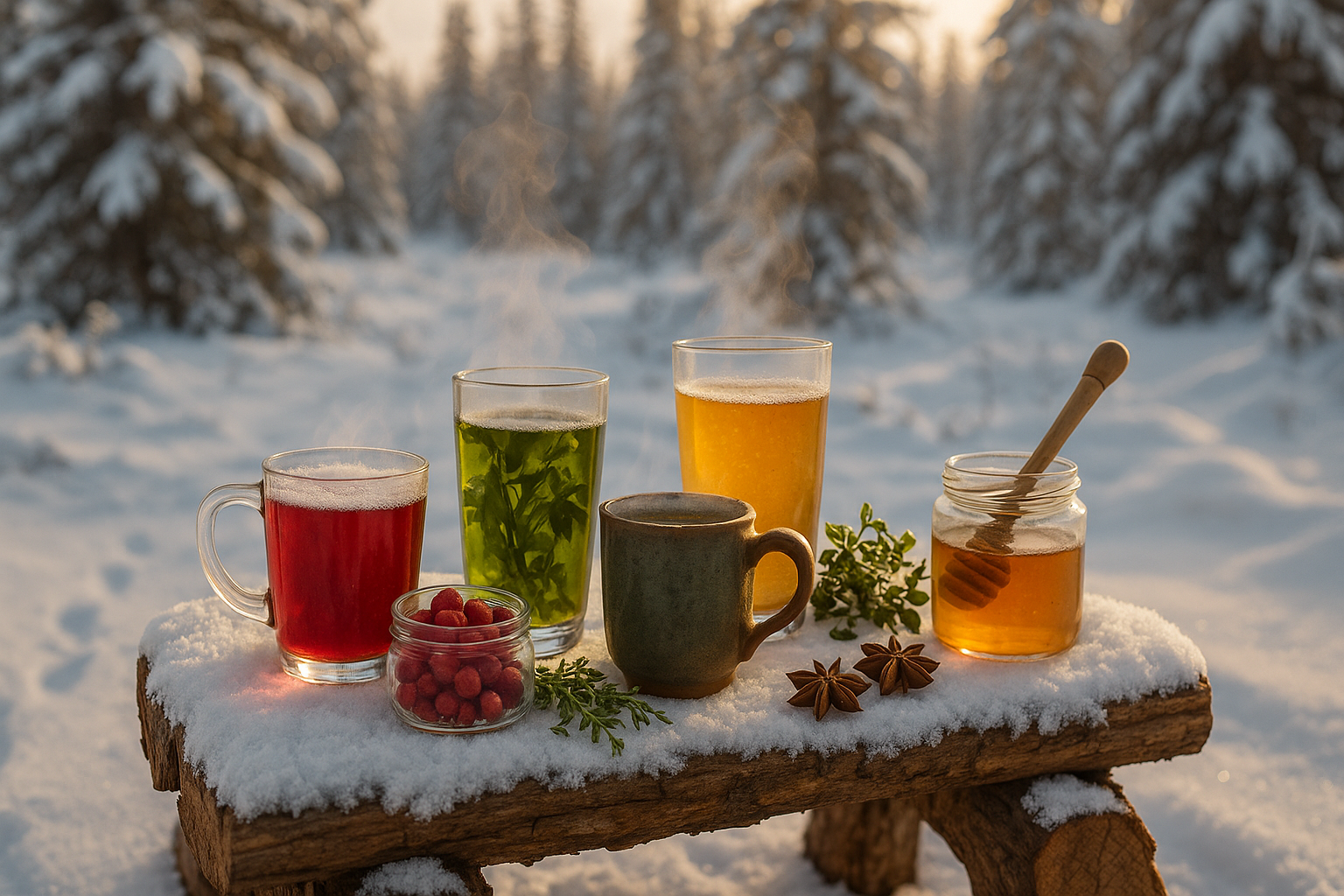In the ever-evolving world of culinary arts, where innovation meets tradition, chefs and home cooks alike are constantly seeking new techniques to elevate their creations. One such method that has been shrouded in mystery yet offers a treasure trove of possibilities is cold smoke drying. This technique, often associated with preserving meats and fish, is now finding its way into a variety of culinary applications, transforming the way we think about flavor and texture. Welcome to the intriguing world of cold smoke drying—a realm where patience and precision unlock flavors you never knew existed.
Cold smoke drying is not just a technique; it’s an art form that requires a keen understanding of both science and creativity. Unlike hot smoking, which cooks and infuses food with smoky flavors in a relatively short time, cold smoke drying takes a more delicate approach. It involves smoking food at lower temperatures, often below 85°F (29°C), allowing the smoke to infuse while the food slowly dries. This process preserves the food’s raw characteristics while imparting a complex, smoky aroma that can elevate even the simplest ingredients. Imagine biting into a slice of cold-smoked salmon, where the natural flavors are enhanced by the subtle kiss of smoke, or savoring a piece of cold-smoked cheese, where each bite reveals layers of depth and richness.
As we delve deeper into this article, we will explore the history and science behind cold smoke drying, shedding light on how this ancient technique has evolved into a modern culinary marvel. We’ll uncover the equipment and materials needed to embark on your cold smoke drying journey, from traditional smoking chambers to innovative at-home setups that bring the magic of smoke into your kitchen. Moreover, we’ll discuss the types of foods that lend themselves beautifully to this method, from meats and fish to vegetables and even desserts, opening up a world of culinary possibilities that extend far beyond traditional smoking methods.
But the allure of cold smoke drying doesn’t end with technique and equipment. The true magic lies in the creative applications and flavor combinations that chefs around the world are experimenting with. Whether you’re looking to add a smoky twist to classic dishes or invent entirely new flavor profiles, cold smoke drying offers a playground of innovation. We’ll share expert tips and recipes that will inspire you to push the boundaries of your culinary creations, and by the end of this journey, you’ll be equipped with the knowledge and confidence to transform your kitchen into a haven of smoky delight. So, let’s embark on this flavorful adventure and unlock the secrets of cold smoke drying—your taste buds will thank you! 🌟
Introduction to Cold Smoke Drying
Cold smoke drying is an ancient technique that has evolved into a modern culinary marvel, offering a unique way to preserve and enhance the flavors of various foods. This technique involves exposing food to smoke at temperatures that are generally lower than those used in traditional smoking. Unlike hot smoking, which cooks the food, cold smoke drying imparts the smoky flavor without altering the food’s raw state. This method is cherished by chefs and food enthusiasts who seek to elevate their culinary creations with a rich, smoky aroma that enhances the overall taste profile.
The allure of cold smoke drying lies in its ability to introduce complex layers of flavor while maintaining the food’s original texture. Whether it’s used for meats, cheeses, or even vegetables, the results are consistently delightful. With innovations in smoking techniques and equipment, what was once a labor-intensive process has now become accessible for home cooks and professional chefs alike. This section will delve into the fundamental principles of cold smoke drying, setting the stage for understanding its profound impact on the culinary arts.
Cold smoke drying not only preserves food but also enhances its visual appeal and nutritional value. The subtlety of flavors achieved through this technique cannot be overstated. With the advancement of technology, there are now countless ways to experiment with different types of wood and flavor combinations, making cold smoke drying an endlessly fascinating endeavor for culinary enthusiasts. 🥓
Techniques and Equipment for Cold Smoke Drying
The process of cold smoke drying involves several specialized techniques and equipment that ensure the best results. At its core, the method requires maintaining a delicate balance between smoke production and temperature control. It’s essential to keep the temperature low, typically below 85°F (about 29°C), to prevent cooking the food while allowing the smoke to permeate it thoroughly.
Various equipment options are available for cold smoke drying, ranging from traditional smokehouses to modern electric smokers equipped with cold smoke adapters. These tools vary in complexity and cost, allowing for flexibility based on the user’s experience level and budget. A simple setup might involve a basic cold smoke generator attached to a conventional smoker or grill, whereas more advanced setups may include temperature controls and automated smoke generators.
Here’s a quick comparison of some common cold smoke drying equipment:
| Equipment | Features | Pros | Cons |
|---|---|---|---|
| Smokehouse | Traditional design, wood-fired | Authentic flavor, large capacity | Space-consuming, requires experience |
| Electric Smoker with Cold Smoke Adapter | Electric powered, temperature control | Consistent results, easy to use | Limited capacity, initial cost |
| DIY Cold Smoke Generator | Customizable, low cost | Budget-friendly, flexible setup | Requires DIY skills, potential for errors |
For a visual guide on setting up your cold smoke drying process, watch this helpful video: Cold Smoking Basics – [Channel Name]
Choosing the Right Wood for Cold Smoke Drying
The type of wood used in cold smoke drying plays a critical role in determining the final flavor profile of the food. Different woods impart distinct flavors, and understanding these nuances can significantly enhance your culinary creations. Some popular choices for cold smoke drying include applewood, hickory, and mesquite, each offering a unique aroma and taste.
Applewood, for instance, provides a sweet and mild smoke that pairs well with poultry and pork. Hickory is known for its strong, hearty flavor, making it ideal for red meats and bacon. Mesquite, on the other hand, offers a bold and earthy taste, suitable for more robust flavors. The choice of wood can also be influenced by regional availability and personal preference, allowing for endless experimentation and discovery.
Here’s a quick guide to some popular woods for cold smoke drying:
- Applewood: Sweet and mild, best for poultry and pork.
- Hickory: Strong and hearty, perfect for red meats and bacon.
- Mesquite: Bold and earthy, ideal for intense flavors.
- Cherrywood: Fruity and mild, works well with all types of meat.
- Oak: Medium strength, versatile for various foods.
Experiment with different combinations of woods to find your signature flavor. For an in-depth exploration of wood types, watch the following video: Choosing Wood for Smoking – [Channel Name]
Applications of Cold Smoke Drying in Modern Cuisine
Cold smoke drying has found its place in modern cuisine, where it is used to enhance a wide array of dishes. From gourmet restaurants to artisanal food markets, the technique has become a hallmark of quality and innovation. Chefs are continually pushing the boundaries by experimenting with different foods and flavors, creating dishes that captivate both the palate and the imagination.
One of the most popular applications of cold smoke drying is in the preparation of smoked salmon, a delicacy prized for its rich flavor and tender texture. The process involves curing the salmon with a salt and sugar mixture before exposing it to cold smoke, resulting in a product that is both flavorful and visually appealing. This method can be applied to other types of fish as well, including trout and mackerel.
Cold smoke drying is also used in the creation of smoked cheeses, where the smoke adds a layer of complexity to the creamy texture. This technique is not limited to traditional cheese varieties; even vegan cheeses can be enhanced with cold smoke drying, offering a new dimension of flavor for plant-based diets.
Safety Considerations in Cold Smoke Drying
While cold smoke drying offers numerous culinary benefits, it is essential to prioritize safety to prevent foodborne illnesses. The process involves curing the food to inhibit the growth of harmful bacteria, such as Clostridium botulinum, which can thrive in low-oxygen environments like those created during smoking.
Proper curing is achieved by using a combination of salt, nitrates, and sometimes sugar to draw moisture out of the food, creating an environment that is inhospitable to bacteria. The curing time and method vary depending on the type of food being smoked, with meat and fish generally requiring more extensive curing processes compared to vegetables or cheeses.
For those new to cold smoke drying, it is advisable to start with recipes that include detailed instructions on curing and smoking times. Investing in a reliable food thermometer and a hygrometer can also help ensure that the food is smoked at safe temperatures and humidity levels. For more information on safe practices, consider watching this informative video: Food Safety in Smoking – [Channel Name]

Conclusion
Unlocking the secrets of cold smoke drying has been a journey through both tradition and innovation, shedding light on how this unique culinary technique can transform ordinary ingredients into extraordinary creations. Throughout this article, we’ve explored the origins, methods, benefits, and applications of cold smoke drying, providing a comprehensive overview of its potential in modern cuisine.
To begin with, we delved into the historical context of cold smoke drying, tracing its roots back to ancient preservation methods. This age-old technique has been utilized across various cultures to extend the shelf life of foods while imparting a distinct smoky flavor. Understanding the historical significance of cold smoke drying helps us appreciate its enduring relevance and adaptability in today’s culinary world.
In examining the methodology, we highlighted the differences between traditional smoking and cold smoke drying. Unlike hot smoking, which cooks the food, cold smoke drying involves exposing ingredients to smoke at temperatures typically below 30°C (86°F). This low-temperature process ensures that the food retains its raw characteristics while absorbing the desired smoky essence. We discussed various wood types and their influence on flavor profiles, emphasizing the importance of selecting the right wood to complement the specific ingredient being smoked.
One of the standout advantages of cold smoke drying is its ability to enhance the flavor and texture of ingredients without compromising their nutritional value. This method preserves essential nutrients that might otherwise be lost in high-temperature cooking. From proteins like fish and meat to vegetables and even dairy products, cold smoke drying adds a depth of flavor that elevates dishes to new heights. We provided examples of how chefs and culinary enthusiasts can creatively incorporate cold-smoked elements into their recipes, whether it’s a delicate smoked cheese, aromatic smoked spices, or a tantalizing smoked salmon.
Furthermore, we explored the innovations and technological advancements that have made cold smoke drying more accessible and precise. Modern equipment, such as dedicated cold smoke generators and climate-controlled smoking chambers, allows for consistent and controlled smoking environments. These advancements open up new possibilities for chefs and home cooks alike, enabling them to experiment with flavors and techniques that were once limited to specialized professionals.
The environmental and economic aspects of cold smoke drying were also considered. We noted how this technique can contribute to sustainability by reducing food waste, as it offers an efficient way to preserve surplus produce and extend the usability of perishable items. Additionally, by investing in high-quality smoking equipment and understanding the nuances of the process, culinary professionals can create premium smoked products that command higher market value, thus potentially increasing profitability.
As we conclude this exploration, it’s essential to underscore the cultural and sensory impact of cold smoke drying. This technique not only connects us to culinary traditions but also invites us to explore new taste dimensions. It challenges our perceptions of flavor and invites innovation in the kitchen. By embracing cold smoke drying, chefs and food enthusiasts can push the boundaries of conventional cooking, crafting dishes that are both grounded in tradition and propelled by creativity.
We encourage you to take the insights and techniques shared in this article and apply them to your culinary endeavors. Whether you’re a professional chef looking to add a signature smoky touch to your menu or a home cook eager to experiment with new flavors, cold smoke drying offers a wealth of possibilities to explore. Engage with the community by sharing your experiences and creations on social media or culinary forums. By exchanging ideas and techniques, we can continue to innovate and inspire one another.
In conclusion, the art of cold smoke drying is a testament to the power of tradition, innovation, and the endless pursuit of flavor. It’s an invitation to discover the depths of culinary creativity and to savor the rich, smoky aromas that have captivated palates for generations. As you embark on your cold smoke drying journey, remember to savor each moment and each bite, knowing that you are part of a culinary legacy that continues to evolve and inspire 🌟.
For further reading and to deepen your understanding of cold smoke drying, you might consider exploring resources from trusted culinary websites and books, such as and ChefSteps. These platforms offer a wealth of information and insights into the art and science of smoking, helping you refine your technique and expand your culinary repertoire.
Thank you for joining us on this exploration of cold smoke drying. We hope you feel inspired to experiment and innovate in your kitchen, and we look forward to seeing how you apply these techniques to elevate your culinary creations. Happy smoking! 🔥





